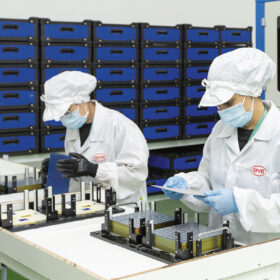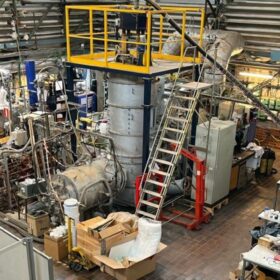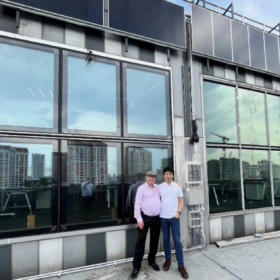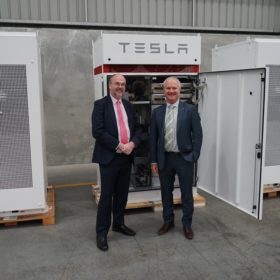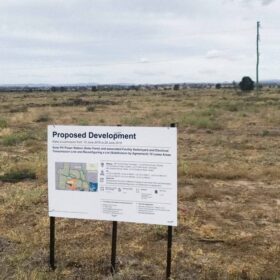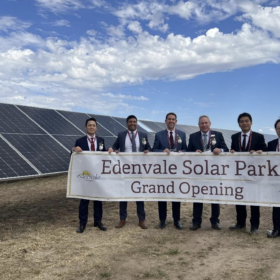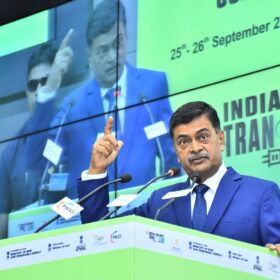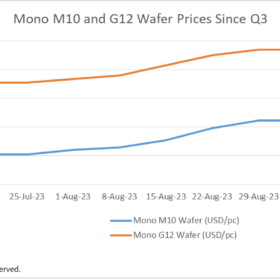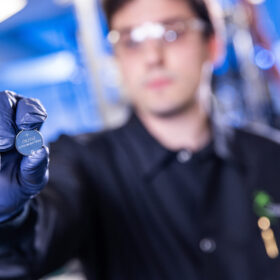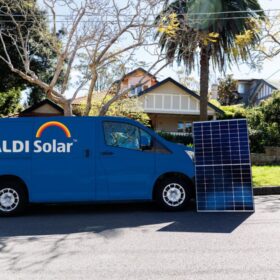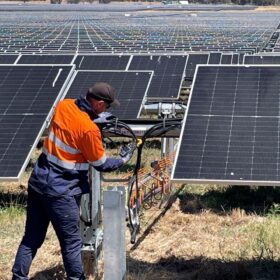‘Pretty crazy’: Queensland’s solar + storage payback periods plunge
Solar payback periods worsened in Australia between 2020 and 2022, but have now turned a corner, data from analyst Sunwiz illustrates. Queensland has seen the most remarkable journey, with payback periods for residential solar and storage falling from 10 to 6.6 years within 12 months.
Around 40% of the workforce in global PV industry is female
According to recently published employment report by the International Renewable Energy Agency (IRENA), the global solar industry employed around 5 million people at the end of last year. The report also reveals that women’s employment in the industry was “uneven”, with females mostly hired for administrative positions (58%) followed by science, technology, engineering, and mathematics (38%) and non-STEM technical positions (35%).
Swedish startup to use green hydrogen plasma in pilot reactor for solar grade silicon
Encouraged by lab results and a feasibility study, Swedish startup, Green14, in collaboration with Sweden’s Royal Institute of Technology (KTH) plans to build a pilot-scale reactor to make solar grade silicon with a hydrogen plasma process. The company sees the pilot as a step towards using a more sustainable method to produce solar grade silicon for the PV industry at its own gigawatt-scale plant.
ClearVue’s next-gen ‘solar window’ tested in Singapore
Western Australian solar window company ClearVue Technologies has completed third-party testing with the Singapore Building and Construction Authority, saying the results illustrate strong thermal and energy outcomes.
WA ushers in major reforms to support transition on its main island grid
A package of major regulatory and market reforms designed to support Western Australia’s energy transformation have gone live. The changes relate to the state’s main islanded grid, known as the SWIS.
600 MW solar farm in Central Queensland finally secures approval
Developer Edify Energy has had its 600 MW Smoky Creek solar farm in Central Queensland approved by the federal government.
Japanese-owned 204 MW solar park commissioned in Queensland
The 204 MW Edenvale Solar Park near Chinchilla, in the Western Downs region of Queensland, has officially been opened by joint owners Eneos, Japan’s biggest oil refiner, and Sojitz, a Tokyo-based trading house. According to the pair, Edenvale is the largest solar project in Australia to be undertaken by Japanese companies.
India’s green hydrogen will be cheapest in the world, says power minister
Already 5.8 million tonnes of green hydrogen manufacturing capacity is in different stages of installation in India, said power minister R.K. Singh at a summit in New Delhi recently.
Solar wafer prices fall for first time in 3 months
In a new weekly update for pv magazine, OPIS, a Dow Jones company, provides a quick look at the main price trends in the global PV industry.
Lithium hydroxide from recycled batteries used to make Dragonfly’s cells
Dragonfly Energy is using lithium hydroxide recovered from recycled batteries to manufacture battery cells, with Aqua Metals leading the way in recycling solutions for materials in the supply chains for energy storage and electric vehicles.

